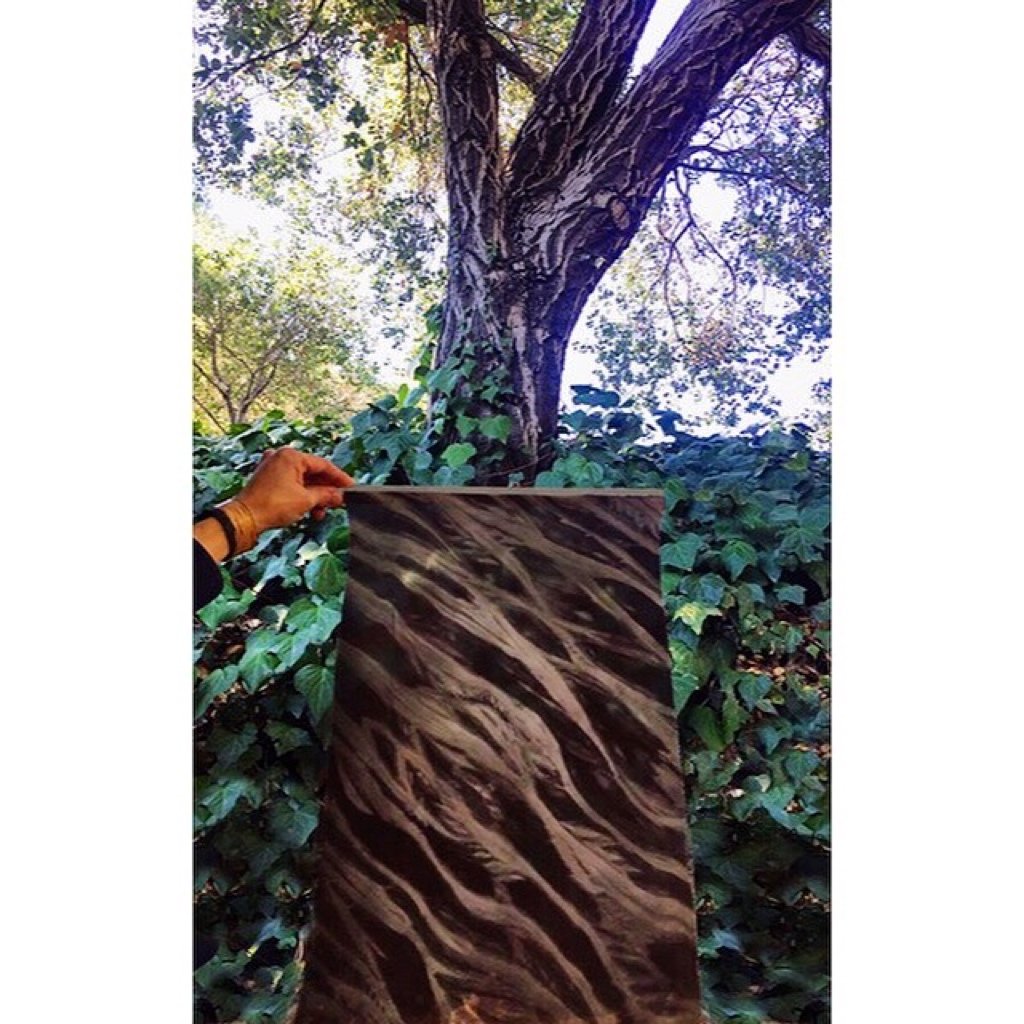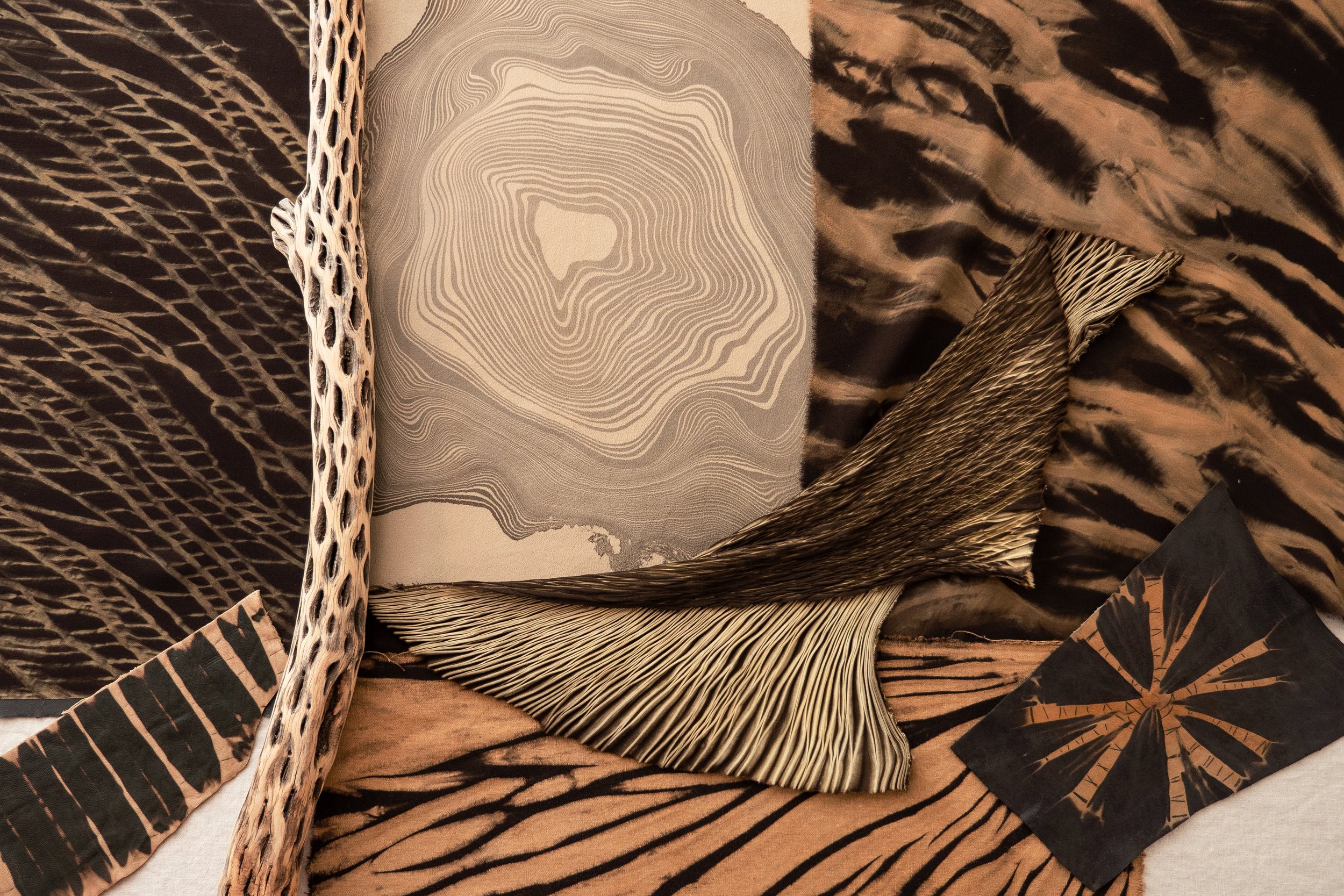What is Shibori?
Shibori is an ancient art, originating in Japan. The earliest known piece of cloth dyed using this technique dates to the 8th Century. Shibori comes from the root word ru, which means “to wring, squeeze or tighten.” In this practice, two dimensional fabric is transformed into a three dimensional, sculptural form by binding, wrapping, stitching, twisting or clamping.
Once the piece has been tightened, it is then immersed in a dyebath. Because each piece is bound and secured by hand, the results are always one of a kind. For the same reason, there is an element of surprise every time the dyed cloth is unwrapped . . . which is one of the most satisfying and exciting parts of the process.
When this wet shape is left to dry whilst under tension, the pleats are preserved. In this pleating process, there is no template, meaning nothing can be replicated.
Shibori encompasses multiple techniques, and understanding which fabrics are best suited for each is a vital part of the exploration. Because of all the variables that are involved, there are truly endless amounts of possibilities within this intriguing medium.
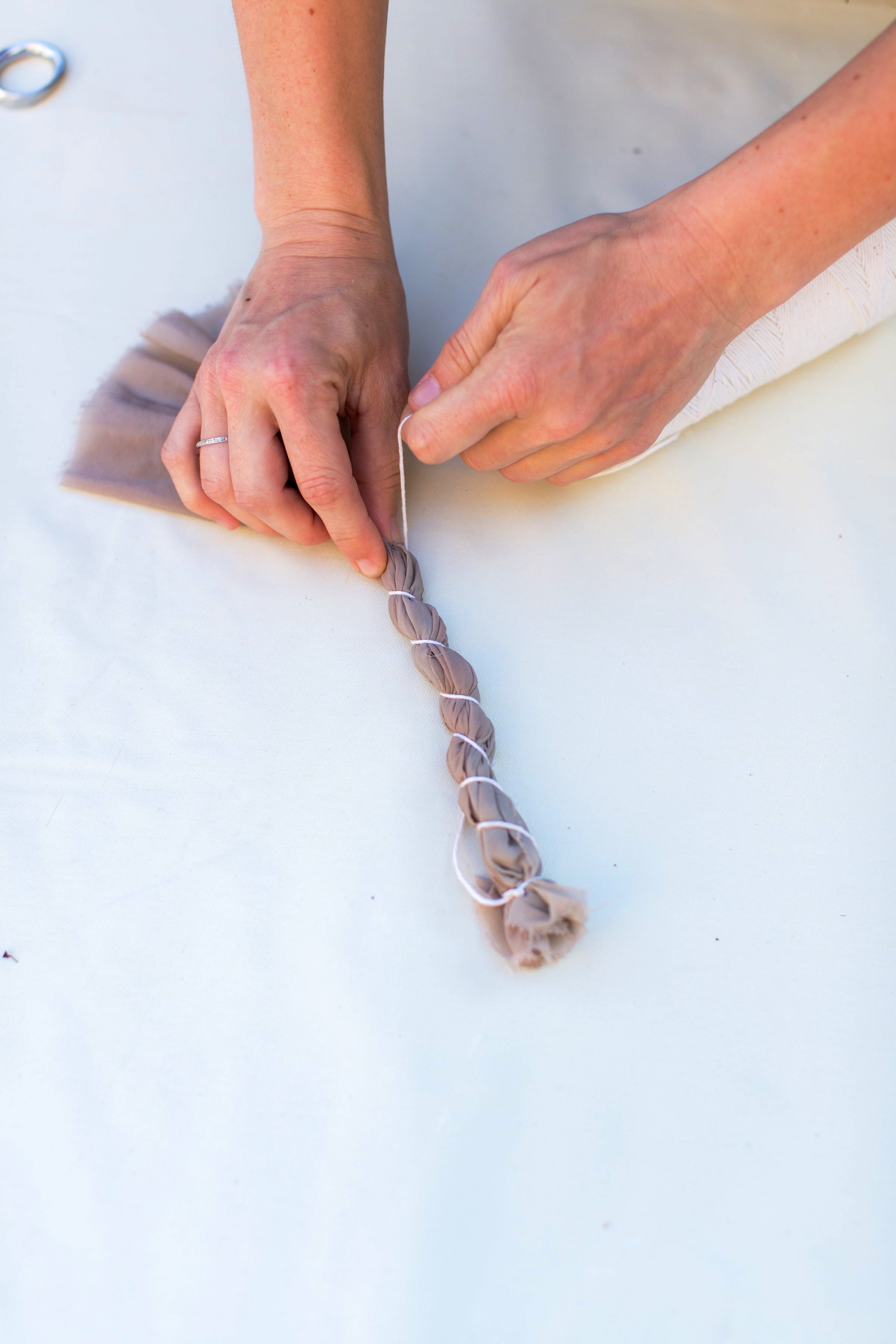
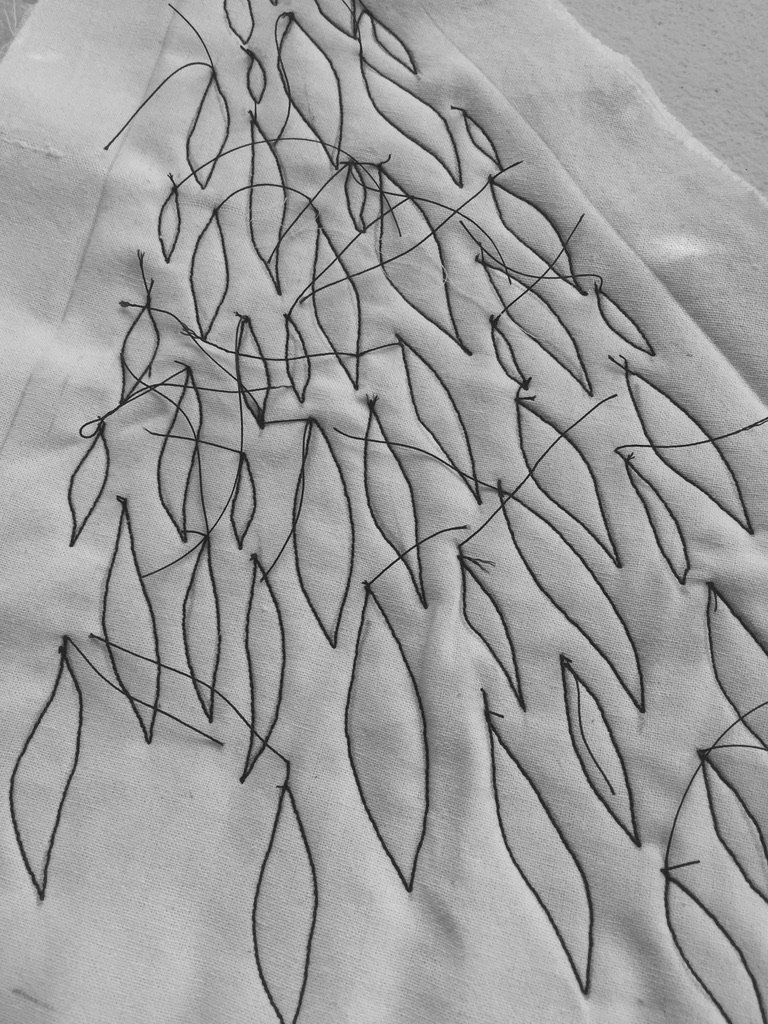
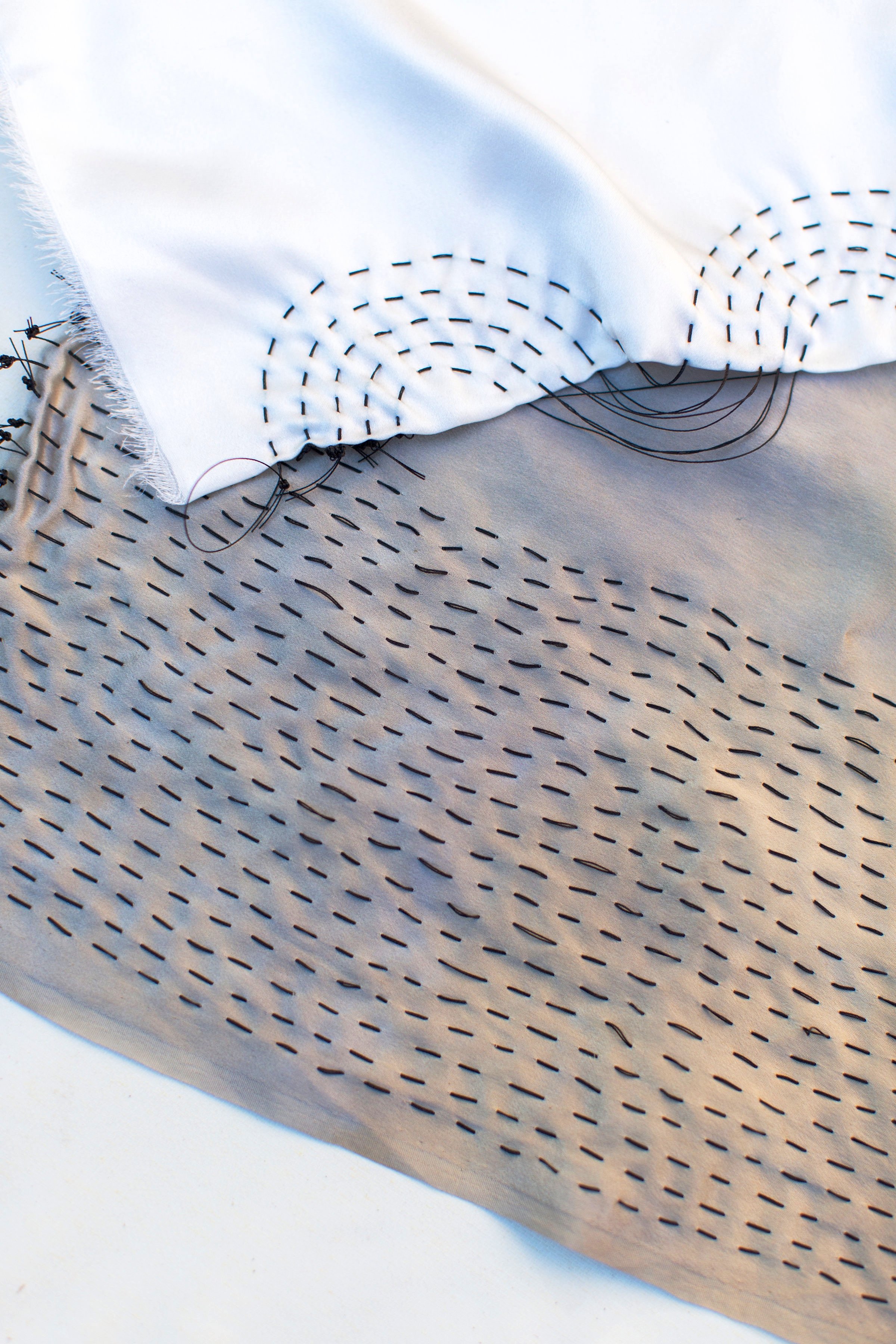
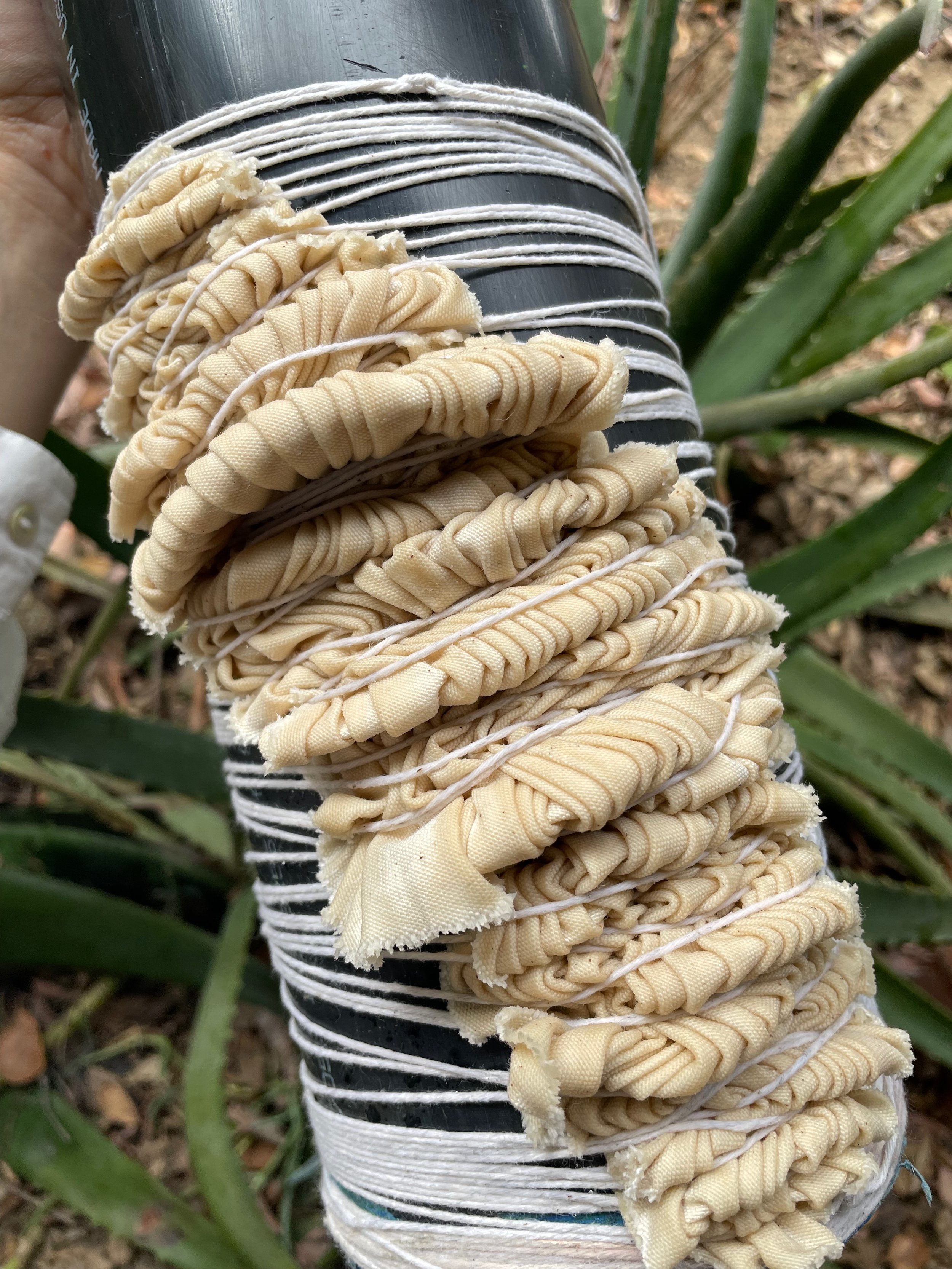
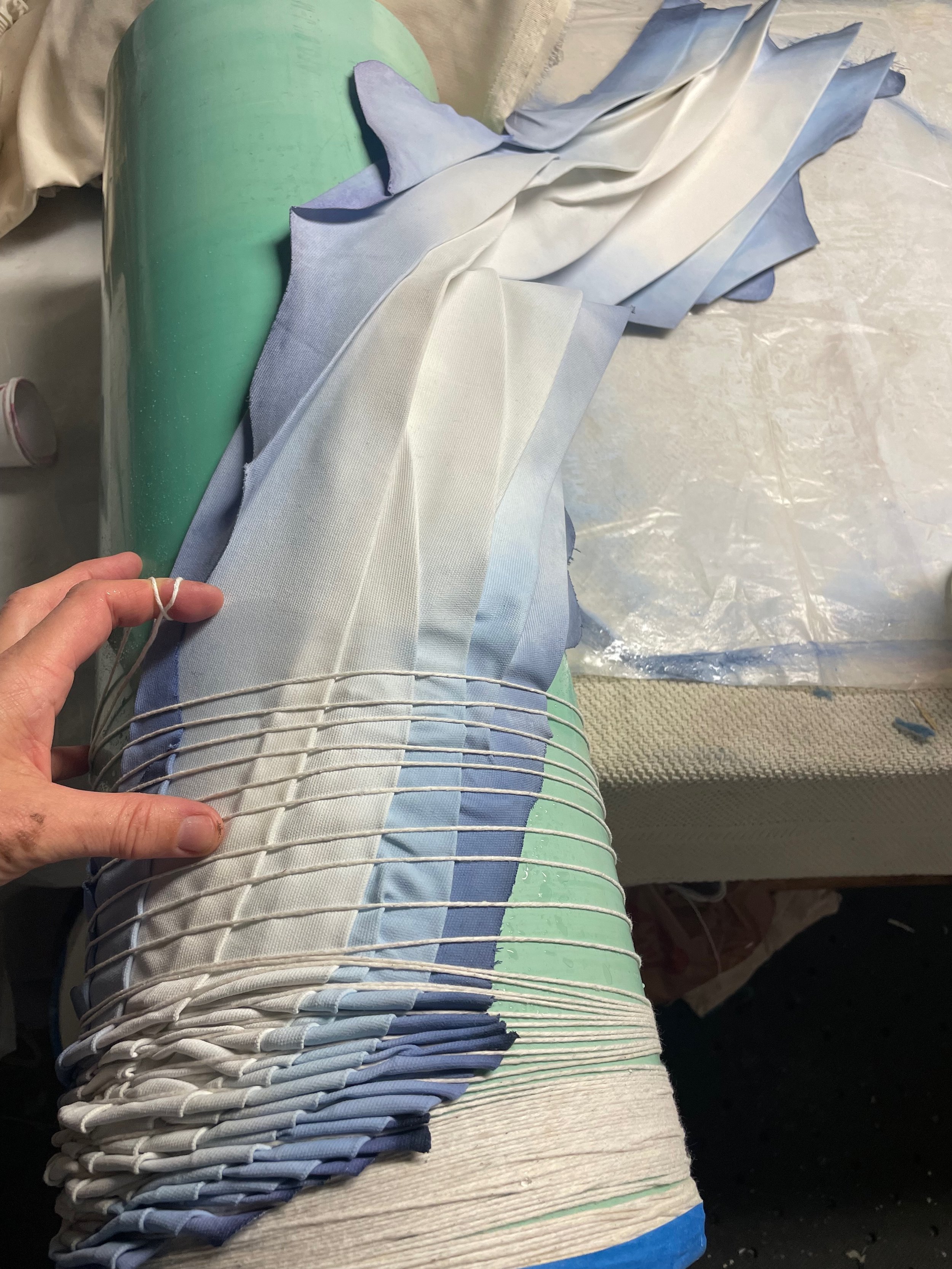


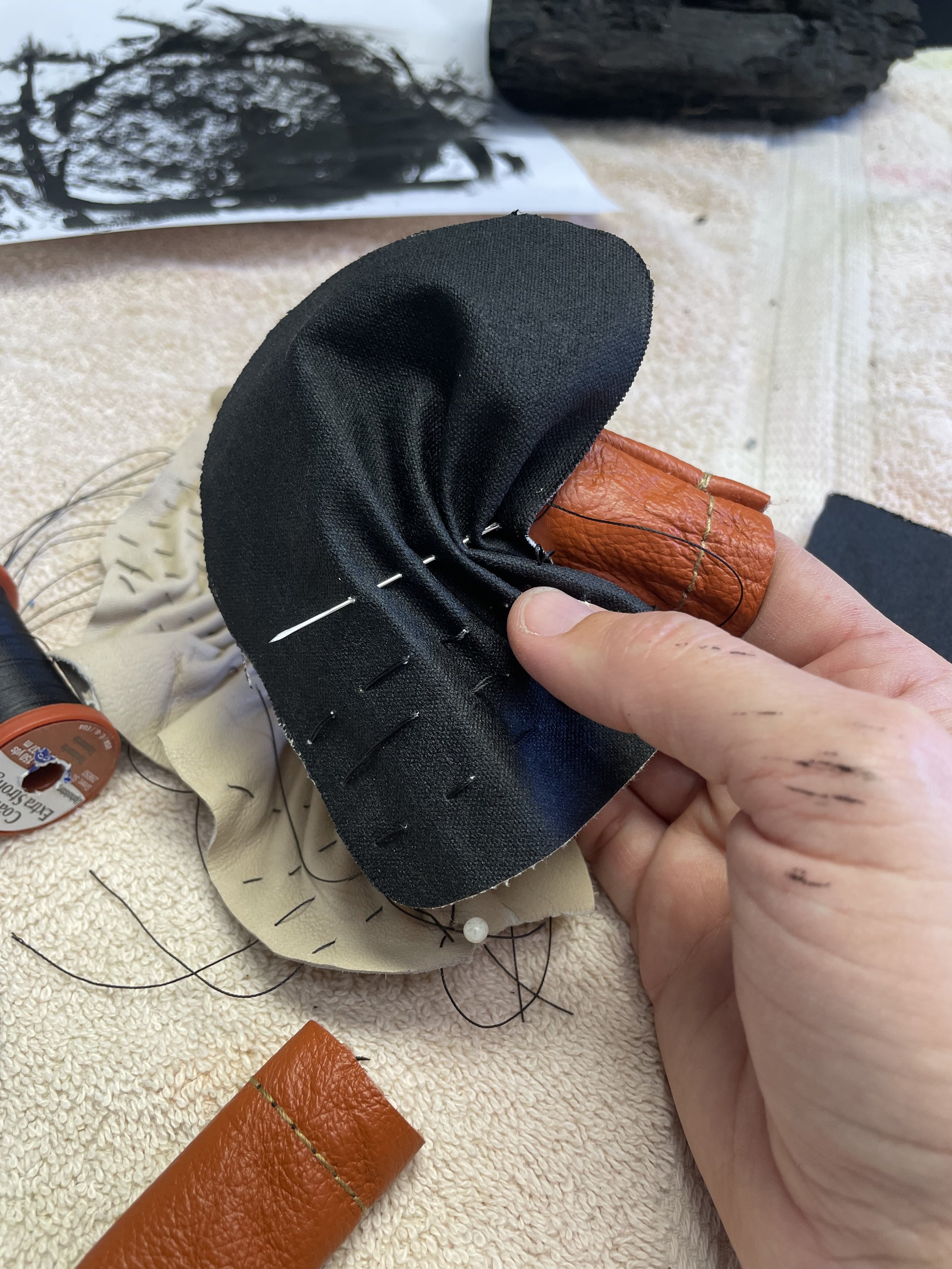
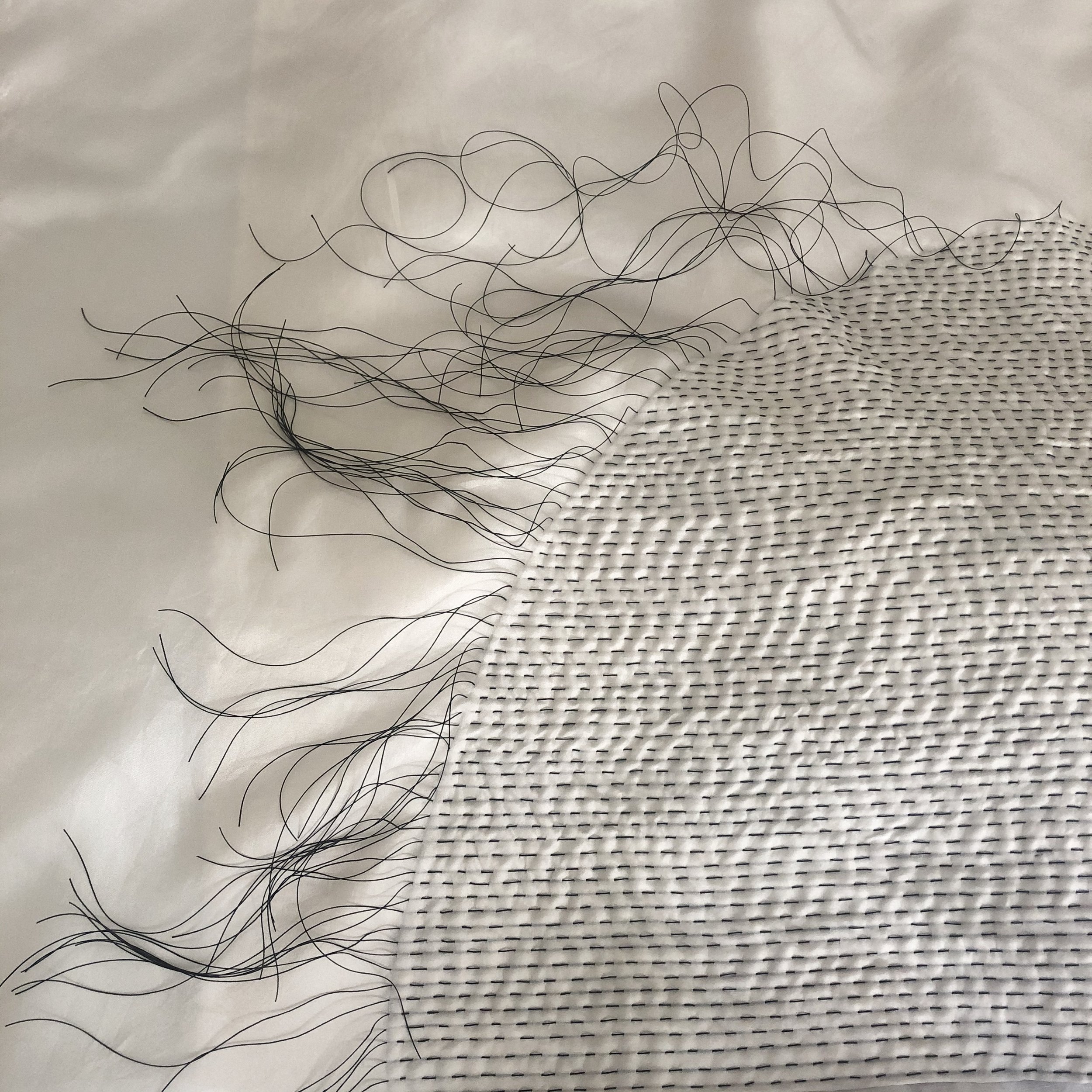

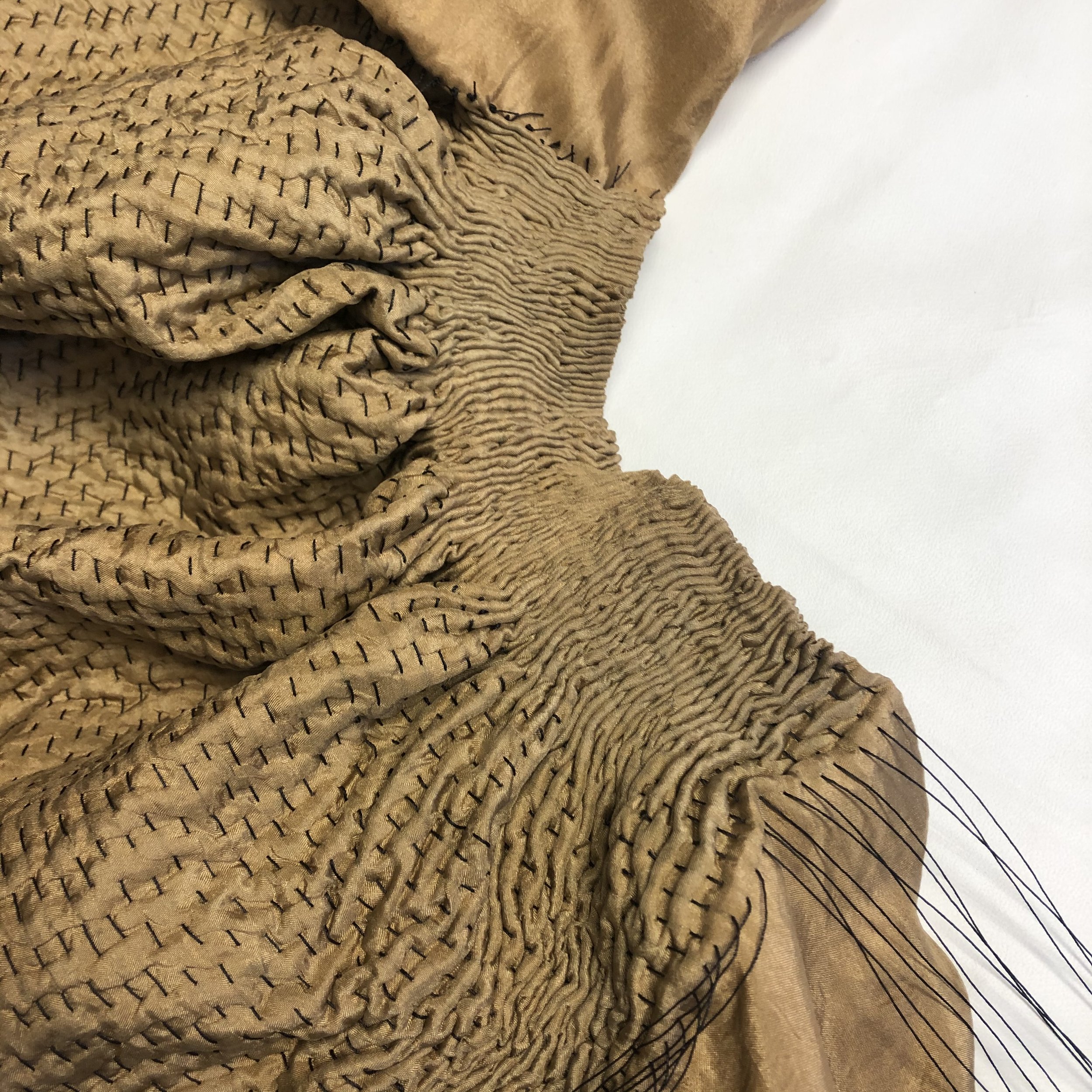
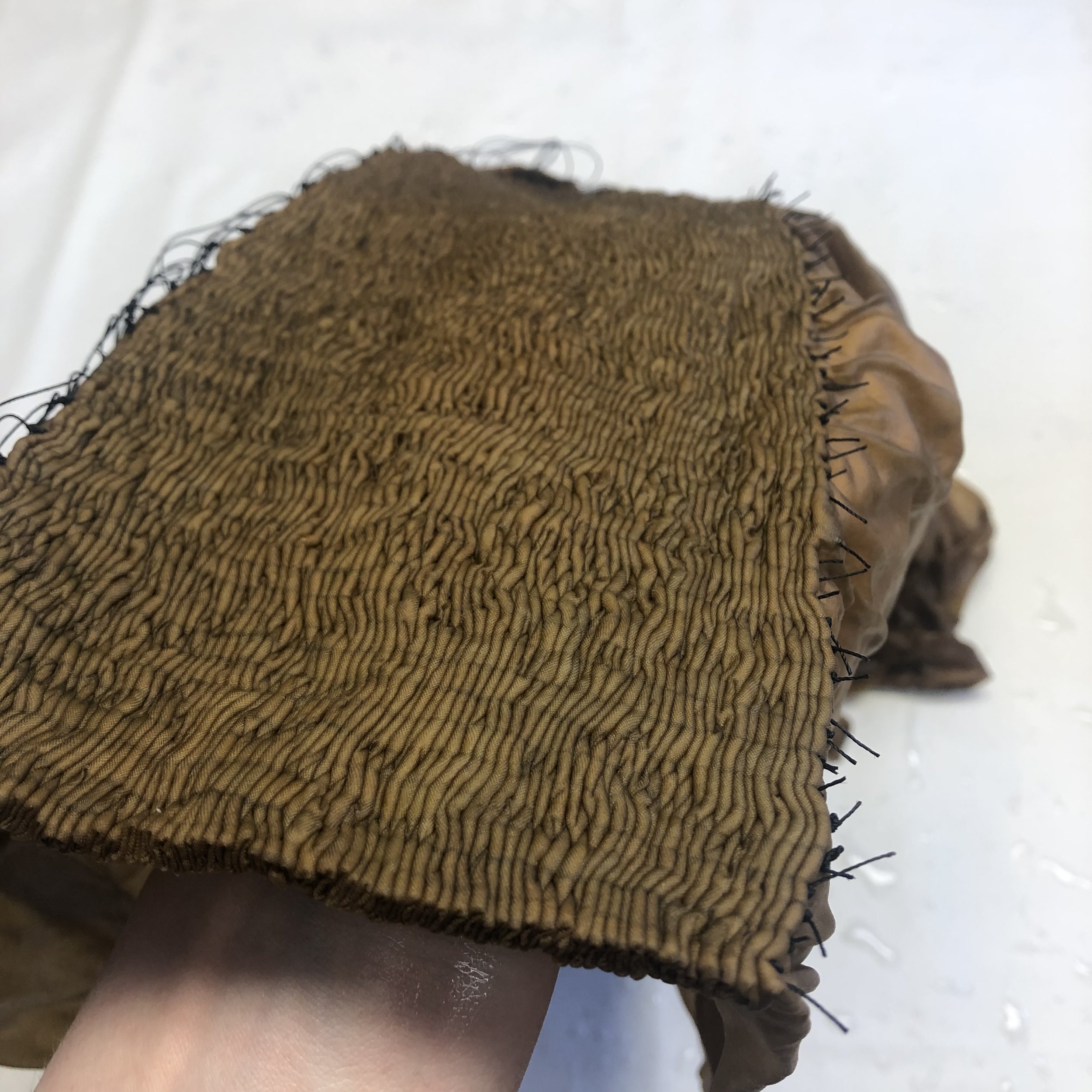
The Reveal
opening a stitch bound shibori large silk artpiece
Sculpting
Forming shapes with pleated fabric is what I enjoy doing most. It typically takes multiple attempts. Sometimes I will see what I had done the night before, and completely rework it until I find it the most visually compelling.
Past Clients
Inspiration Images
